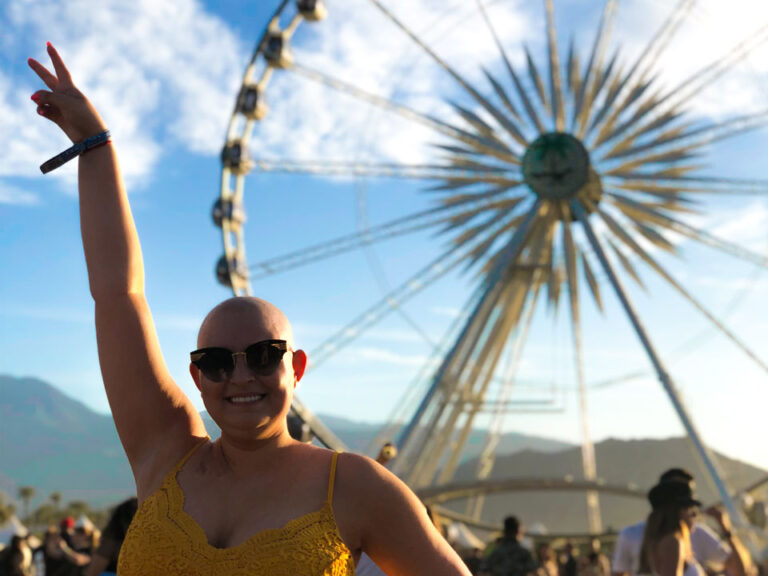UCLA researchers have received a $13 million grant from NIH to find new ways to overcome melanoma resistance to some of the most promising targeted therapies and immunotherapies.
“While these therapies have transformed the way people with melanoma are treated, only about 40% to 50% of people respond to the therapies, and that is not good enough,” said Antoni Ribas, one of the principal investigators on the grant who is a professor of medicine at the David Geffen School of Medicine at UCLA and director of the Tumor Immunology Program at the UCLA Jonsson Comprehensive Cancer Center.
The five-year grant will allow researchers to to focus on the biology of therapies and will fund clinical trials to develop new combination therapies to defeat melanoma resistance.
Along with Ribas, Roger Lo, a professor of medicine and director of the melanoma clinic in the UCLA Division of Dermatology, and Thomas Graeber, a professor of molecular and medical pharmacology and director of the UCLA Metabolomics Center, are leading the effort.
The interdisciplinary research team, whose members have been collaborating for over a decade, will be focusing on three translational research projects:
Understanding the resistance of NRAS-mutated melanomas: Lo is investigating ways to block multiple resistance routes in melanomas with the NRAS gene mutation and to combine and sequence targeted therapies and immunotherapies. By characterizing and co-targeting genomic, epigenomic, proteomic and immunologic alterations that resist therapies, the team will be able to reveal the landscape of resistance.
Targeting ferroptosis to block the de-differentiation resistance escape route: One way cancers escape targeted treatments is to de-differentiate, or change the type of cell they are into an earlier stage of development. This change of identity allows the cells to be less dependent on the pathway that was otherwise being effectively targeted. Graeber is investigating cell subtypes that de-differentiate and have shown sensitivity to a type of self-inflicted cell death called ferroptosis, which can potentially block melanoma cells attempting to take this escape route. Using ferroptosis-inducing drugs in combination with current standard treatments could potentially strengthen the response rate.
Studying resistance mechanisms in PD-1 blockade immunotherapy: This project, led by Ribas, is looking at how interferon-gamma, an immune response–stimulating signaling molecule that helps activate immune cells, guides the treatment response in people with advanced melanoma who are treated with one of the leading immunotherapies, called PD-1 blockade. Understanding how interferon-gamma genes work can potentially be used to predict a response to immunotherapy and for rationalizing new combination treatments that induce interferon signaling that can be used to treat more patients.











